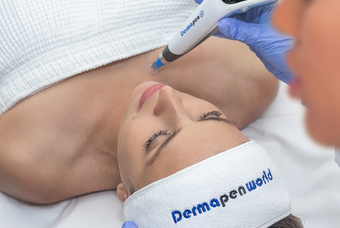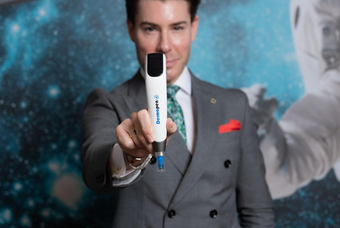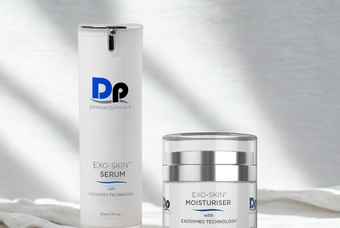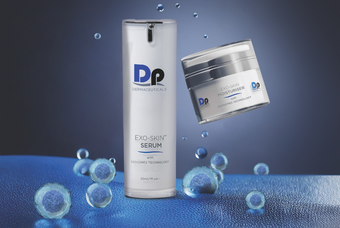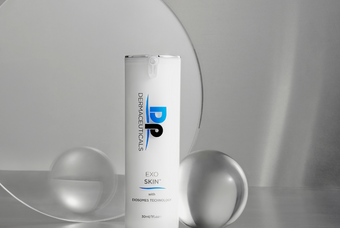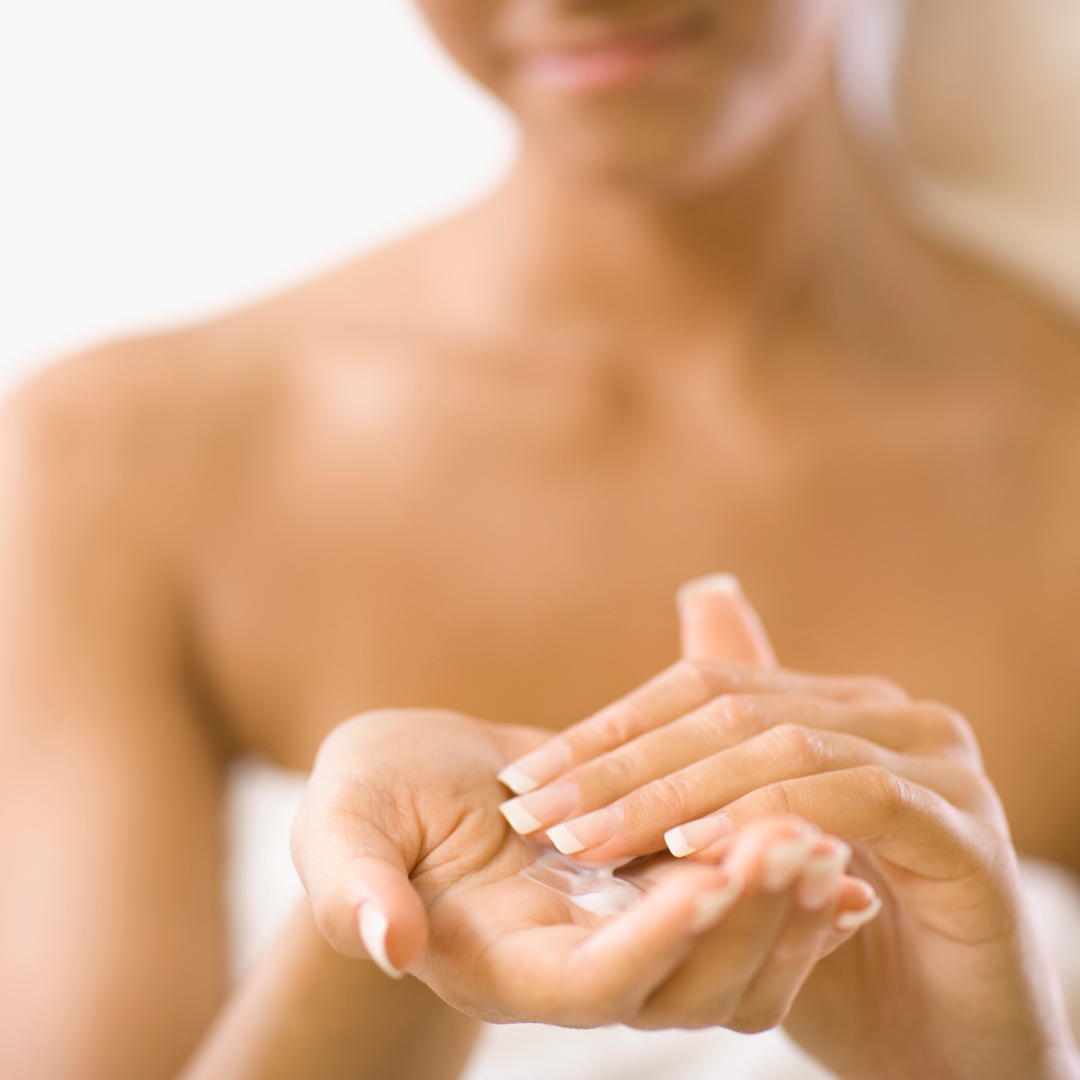When it comes to choosing the right sunscreen, you may have come across labels with numbers like SPF and PA++++. But what do these numbers mean and how do they affect how well the sunscreen protects your skin?
Let’s dive into what SPF and PA ratings mean and why they're important for protecting your skin from the sun's harmful rays.
Why Higher SPF Sunscreens Don’t Offer Much More Protection
When it comes to sunscreen, SPF, or Sun Protection Factor, is often misunderstood. Many believe that a higher SPF, such as SPF 75 or SPF 100, provides double or even triple the protection of an SPF 30. However, this isn't the case. Here’s why:
-
Marginal Gains in UVB Protection: SPF primarily measures protection against UVB rays, which are responsible for sunburn. While an SPF 30 blocks about 97% of UVB rays, an SPF 50 blocks about 98%, and SPF 100 blocks about 99%. The difference between these is minimal and doesn't offer a substantial increase in protection.
-
Misleading Sense of Security: The marginal increase in protection can lead to a false sense of security. People may assume they can stay out in the sun longer without reapplying, which isn't recommended. Proper application and reapplication are crucial, regardless of the SPF level.
-
Lack of Balanced UVA Protection: Effective sun protection also requires guarding against UVA rays, which penetrate deeper into the skin and contribute to premature aging and skin cancer. High SPF products often focus on UVB and may not provide a proportional increase in UVA protection. For balanced protection, the sunscreen should label itself as "broad spectrum."
In summary, while higher SPFs promise more, the reality is that SPF 30 already delivers nearly optimal protection when applied correctly. It’s better to ensure you have broad-spectrum protection and remember to apply sunscreen generously and frequently to maintain effective sun defense.
What is SPF?
SPF stands for Sun Protection Factor and is a measure of how well a sunscreen product will protect your skin from UVB rays. UVB rays are the primary cause of sunburn and are responsible for damaging the DNA in your skin cells.
The higher the SPF number, the more protection the sunscreen will provide. For example, an SPF 15 sunscreen will block about 93% of UVB rays, while an SPF 30 sunscreen will block about 97% of UVB rays.
It's important to note that while the difference in protection between SPF 30 and SPF 50 sunscreens is only about 1%, there is still 1% fewer UVB rays that get through! If you are frequently exposed to the sun, this 1% can compound.
Understanding SPF Effectiveness: The Impact of Under-applying Sunscreen
When applying sunscreen, it's crucial to use the correct amount for optimal protection. Unfortunately, many individuals apply only a fraction of what is necessary, often using just 25% to 50% of the recommended dose. This common mistake significantly reduces the sunscreen's effectiveness.
The Math Behind SPF and Its Reduction
SPF, or Sun Protection Factor, indicates how well a sunscreen can protect skin from ultraviolet (UV) rays. However, if you're using merely half the recommended amount, the actual protection doesn’t simply drop by half. Instead, it decreases exponentially.
- For example, if you're applying half the needed amount of a sunscreen labeled as SPF 30, the actual SPF provided falls drastically to approximately an SPF of 5.5. This is not a straightforward drop; it's because SPF operates on a logarithmic scale.
Why Quantity Matters
To ensure full protection:
- Apply liberally: Use approximately one ounce (about a shot glass full) for the entire body.
- Reapply frequently: Especially after swimming, sweating, or towel drying.
Key Takeaways
To maximize your sunscreen’s effectiveness, be conscious of applying the correct amount. Not only will this help you better shield your skin from harmful UV rays, but it also ensures that the product works as intended, providing the full protection promised on the label. Always aim for complete coverage to maintain your skin’s health and safety.
To understand how SPF testing is conducted, it's essential to dive into the regulatory framework that ensures the reliability of sunscreen products. Sunscreens must undergo rigorous testing approved by the FDA to substantiate their SPF (Sun Protection Factor) claims. This involves three primary types of SPF tests: SPF Static, SPF Water Resistant 40 Minutes, and SPF Water Resistant 80 Minutes.
-
SPF Static Test: This measures the sunscreen's effectiveness without exposure to water or sweat. It's the baseline for understanding how well a product can protect your skin under normal conditions.
-
SPF Water Resistant Tests: There are two categories here—40 minutes and 80 minutes. These tests evaluate the sunscreen's efficacy while the subject is submerged in water, ensuring it maintains its protective qualities for a specified duration.
All sunscreen manufacturers must comply with these standardized methods set by the FDA, ensuring consistency across product types, whether they are chemical or mineral-based. The testing is conducted "in vivo," which means it involves human subjects rather than laboratory simulations, adding a real-world verification to the results.
Beyond FDA guidelines, many companies also adhere to international standards, such as those set by the European Union (Colipa) and Australian authorities. By meeting these global requirements, manufacturers can offer products that are safe and effective across diverse regulatory landscapes.
This rigorous testing ensures you can trust that a sunscreen's SPF rating, whether you're lounging poolside or enjoying a day at the beach.
Understanding SPF and Sun Exposure
When heading out into the sun, one of the most common concerns is how long you can stay in the sun without risking a sunburn. This is where Sun Protection Factor, or SPF, comes into play. But how exactly does SPF relate to sun exposure duration?
How SPF Works
SPF is a numerical value indicating the level of protection a sunscreen provides against UVB rays, which are primarily responsible for sunburn. For instance, if your skin typically starts to burn after 10 minutes without protection, using an SPF 15 sunscreen implies you could stay in the sun 15 times longer without burning—approximately 150 minutes. This is a theoretical calculation and actual effectiveness can vary.
Factors Affecting Protection
It's important to note that the duration you can safely remain in the sun isn't solely dependent on SPF. Several factors modify this duration:
- Skin Type: Fair skin may need higher SPF compared to darker skin tones.
- Intensity of Sunlight: Midday sun or higher altitudes increase UV exposure.
- Amount and Frequency of Application: Proper application thickness and reapplying sunscreen are crucial for maintaining protection.
Limitations of SPF
While SPF is a useful metric, it doesn't universally determine the safe duration in the sun. It only indicates the level of protection against UVB rays, and doesn't measure defense against UVA rays, which also affect skin health.
Proper application and periodic reapplication are essential for maintaining the intended protection level, so don't rely solely on SPF when determining how long you can enjoy soaking up the sun.
What Types of SPF Testing Are Required for Sunscreens?
To ensure the safety and effectiveness of sunscreens, specific SPF testing protocols must be followed. These tests are designed to verify the sun protection factor (SPF) level that products promise on their labels. There are three key types of SPF testing:
-
SPF Static Testing: This test evaluates the sunscreen’s ability to protect the skin without exposure to water or sweat. It provides a baseline measurement of the product's SPF.
-
SPF Water Resistant 40 Minutes: Sunscreens that claim water resistance for 40 minutes undergo this test. It determines whether the sunscreen maintains its protective qualities after 40 minutes of water immersion.
-
SPF Water Resistant 80 Minutes: For products boasting 80 minutes of water resistance, this test is conducted. It assesses the sunscreen's performance after 80 minutes in water.
All sunscreen manufacturers must conduct these tests on human subjects, as per regulatory requirements. This ensures that SPF claims are accurate and consistent across different brands and formulations, whether chemical or mineral-based.
What is PA rating?
In addition to SPF, you may also see a PA rating on sunscreen labels. PA stands for Protection Grade of UVA Rays and is a measure of how well a sunscreen product will protect your skin from UVA rays.
UVA rays are the primary cause of skin aging and contribute to the development of skin cancer.
Unlike UVB rays, UVA rays can penetrate deep into the skin and cause damage at a cellular level.
The PA rating system was developed in Japan and uses plus signs to indicate the level of UVA protection. The more plus signs, the higher the level of protection.
- PA+: Low protection
- PA++: Moderate protection
- PA+++: High protection
- PA++++: Very high protection - this is what Dp Dermaceuticals Barrier Body Butter has!
It's important to choose a sunscreen with a high PA rating to ensure that you're getting adequate protection from UVA rays.
How to choose the right sunscreen
It’s important to consider both the SPF and the PA rating. A high SPF will protect your skin from UVB rays, while a high PA rating will protect your skin from UVA rays.
You should also consider the type of sunscreen that's right for your skin type and the activities you'll be doing. For example, if you have sensitive skin, you may want to choose a sunscreen that is formulated for sensitive skin. Similarly, if you'll be participating in water activities, you may want to choose a waterproof sunscreen.
It's also important to apply enough sunscreen and to reapply it every two hours, or immediately after swimming or sweating. A general rule of thumb is to use about one ounce (or a shot glass full) of sunscreen for every application.
Final Thoughts on SPF and PA
SPF and PA ratings are important indicators of how well a sunscreen will protect your skin from the sun's harmful UV rays. When choosing a sunscreen, be sure to consider both the SPF and PA rating, as well as the type of sunscreen that's right for your skin type and activities.
Have more questions about this topic? Email us at info@dpderm.com or chat with us now.


